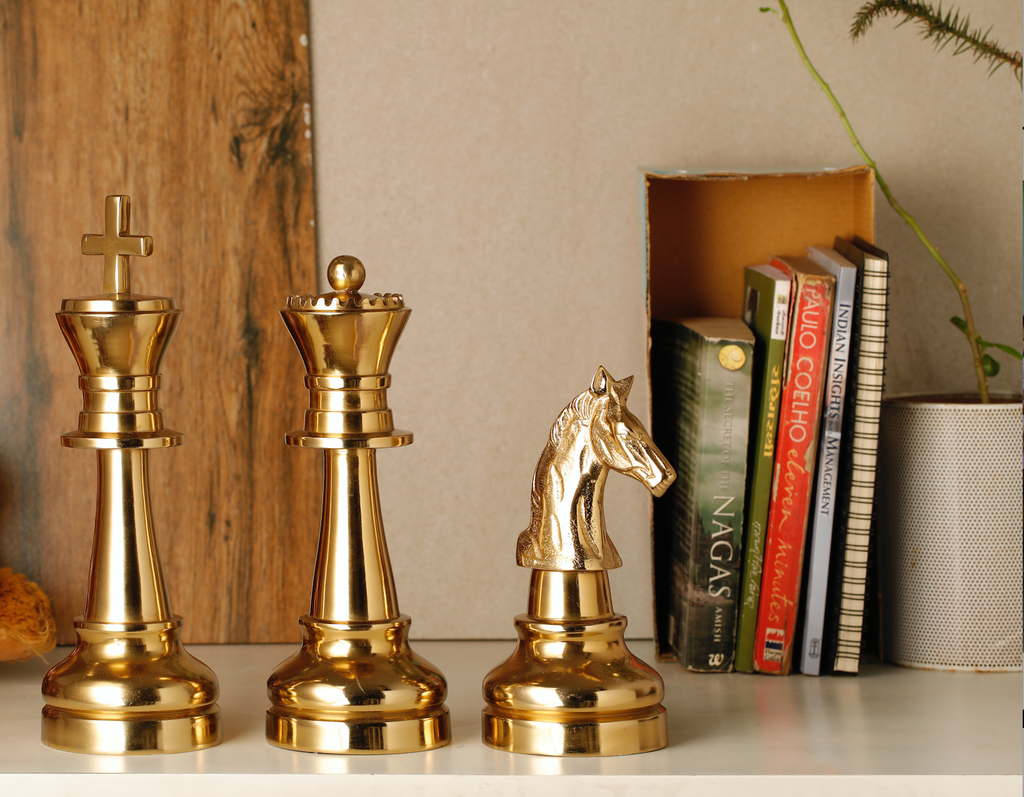

What might this initial analysis look like? Below is my most recent tournament game, played here at our local club in Omaha. What we are doing here is trying to catch glimpse of our intuition and judgment at work, and any introduction of computer analysis at this stage spoils that. It is essential that your first notes mirror your in-game impressions as closely as possible. Do not turn on your engines at this stage. What did you analyze during the game? How did you feel – yes, feel! – during the game? Did some of your opponent’s moves surprise you, and if so, why? You can end lines with Informator evaluations, but you should use plenty of words here. First, take some time to recollect what you were thinking about during the game, and put as much of it as you can into your notes. What now? There are two steps to proper analysis, and both are critically important. So you’ve played your game, done your postmortem, and put the game into ChessBase or Fritz. (6) The postmortem is increasingly a lost art today, but it can be very useful to discuss games with your opponents after hostilities end. Are you thinking too long over forced moves? Are you not spending enough time in critical positions? Add this information to your annotations where pertinent. To this I would add the following: (5) make a point of tracking your time expenditure while you play.

Of course, this does not mean that other forms of chess work should not be carried out.

I am convinced that, without a critical understanding of his own play, it is impossible for a player to develop. Yusupov writes in “The Analysis of One’s Own Games” that: "… the analysis of one's own games is the main means of self-improvement. Perhaps the best discussion of analyzing one’s own games comes from Artur Yusupov, one of Dvoretsky’s finest students and his collaborator on five books. Among them we find notable authors like Jacob Aagaard, Jesper Hall, Axel Smith, and Alex Yermolinsky. Many theoreticians and trainers have described protocols for analyzing one’s own games. To read Hartmann's introduction to "Chess Tech University", visit Part 1 of this article.


 0 kommentar(er)
0 kommentar(er)
